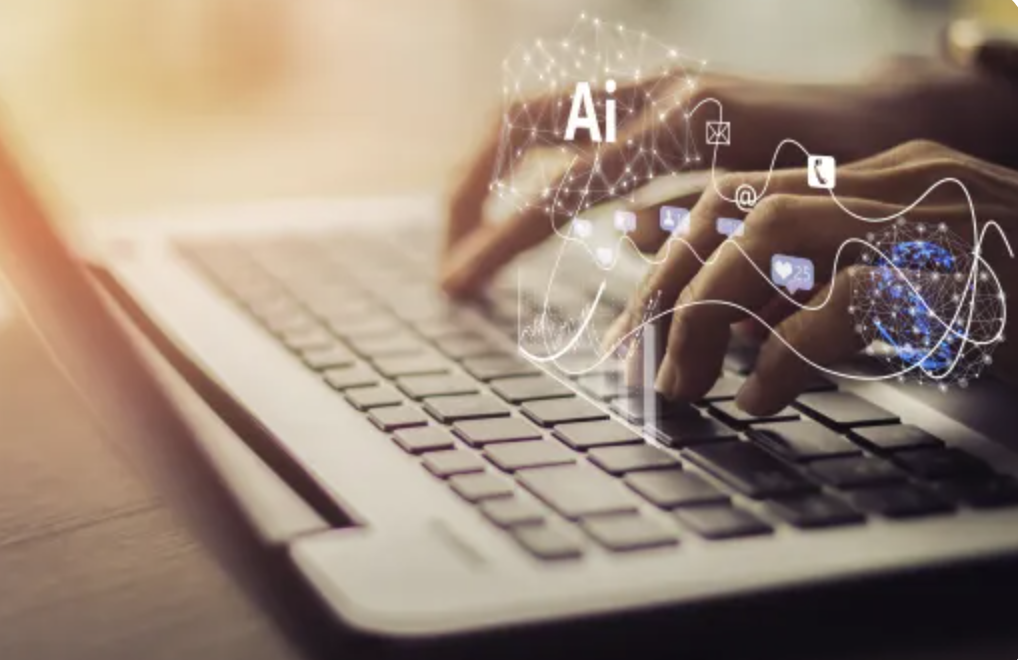Trends
< Back to the blog
Artificial Intelligence (AI) has made significant strides in recent years, and one of the most notable innovations is Retrieval-Augmented Generation (RAG). This hybrid approach merges the strengths of information retrieval and text generation to create precise, relevant, and contextually rich responses. RAG is revolutionizing AI by providing a solution that surpasses the limitations of traditional models, enabling more dynamic and informed interactions. But what exactly is RAG?
Retrieval-Augmented Generation (RAG) is an AI model developed to enhance text generation by leveraging external data. Unlike purely generative models, which rely solely on the information in their training datasets, RAG integrates an information retrieval component. This dual approach allows the model to search for and utilize external documents in real-time to enrich generated responses.
Imagine an online retail company that wants to provide exceptional customer service. They want customers to use a chatbot to ask questions about products, orders, returns, company policies, and receive fast and accurate responses.
The Problem:
A general language model (LLM) might answer general questions about products but wouldn't provide specific, up-to-date information like the current status of an order, details of an ongoing return, or special promotions.
The Solution:
RAG allows the chatbot to use its vast information resources, such as product databases, order histories, and internal news feeds, to provide more precise and current responses.
The company has numerous information sources: product databases, order histories, internal blogs, news feeds, customer chat transcripts, etc. RAG converts all these data into a common format and stores them in a library accessible by AI. These data are then transformed into digital representations through integrated language models and stored in a vector database for quick searching and utilization.
When someone asks a question to a chatbot, they expect an instant response. Therefore, speed and user-friendliness are crucial. However, most chatbots are trained to respond to a limited number of specific requests, known as intents. RAG can enhance these chatbots by providing natural language responses to questions not covered in the predefined list of intents. This technology is particularly suitable for chatbots as users expect precise and contextually relevant responses, often based on specific contexts.
For instance, a customer asking about a new product needs specific data about that product, not about a previous version.
RAG can significantly improve the efficiency and accuracy of chatbots by enabling them to generate contextual and precise responses, better meeting user expectations. Learn more about how to build customer loyalty with generative AI chatbots.
DialOnce enables the creation of chatbots using RAG technology. With this technology, DialOnce provides more precise and contextual natural language responses, improving user interactions while ensuring confidentiality and information protection. The customized models developed are exclusive to each client, ensuring maximum security.